CBAC’s Holiday Tree Sale is December 9, 10, and 11th in front of Ace Hardware. While supplies last!
CBAC’s Holiday Tree Sale is December 9, 10, and 11th in front of Ace Hardware. While supplies last!
Join our team of local guides and avalanche forecasters for a FREE rescue training event at the Crested Butte Community School. Don’t worry, even though there isn’t snow on the ground, we’ll have several stations designed to improve your beacon and rescue skills. This event is intended for all age groups and skill levels. We’ll be running skills clinics from 9 a.m. until 2 p.m. After party to follow.
AAN_BBU_11x17_2021_v3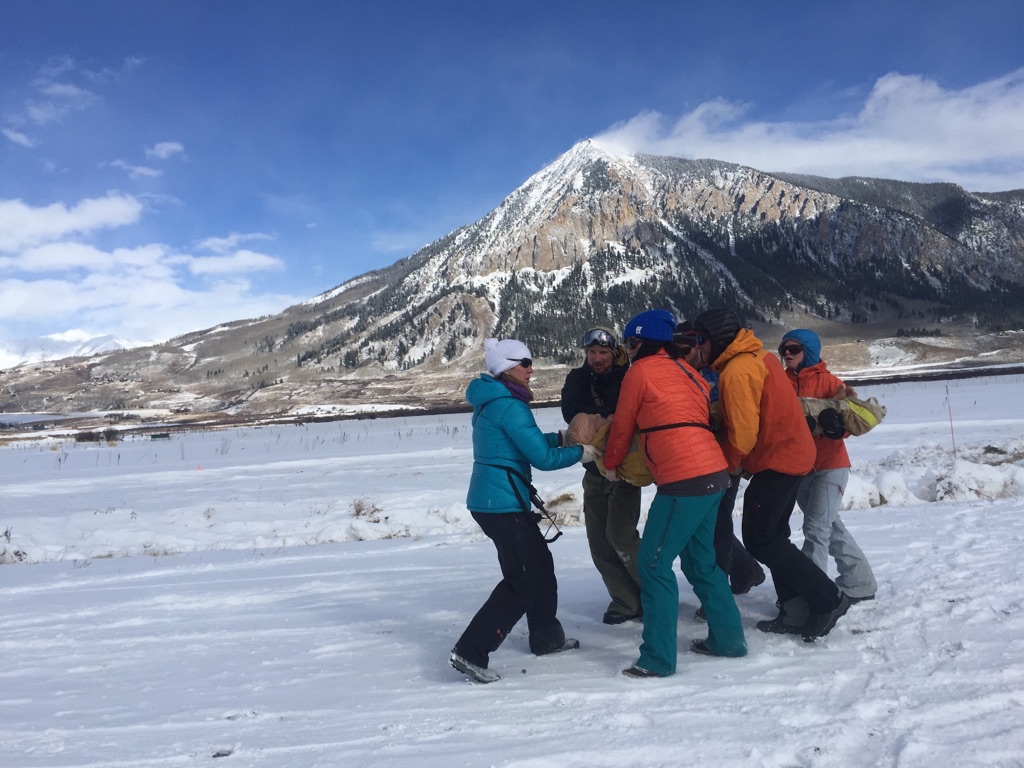
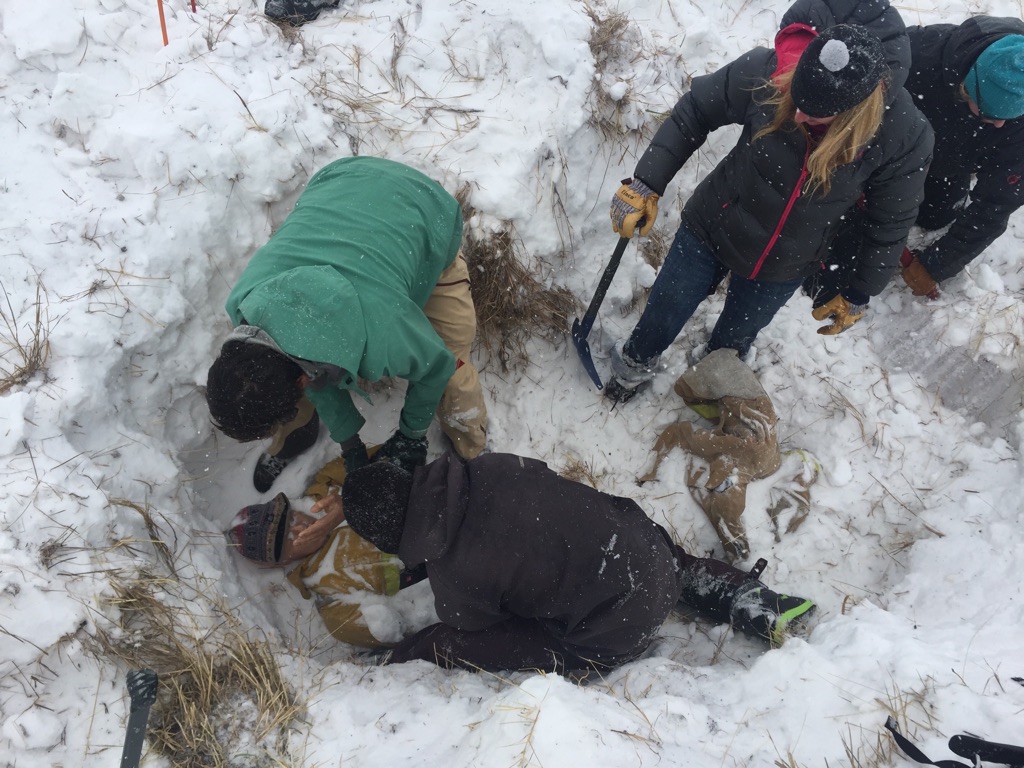
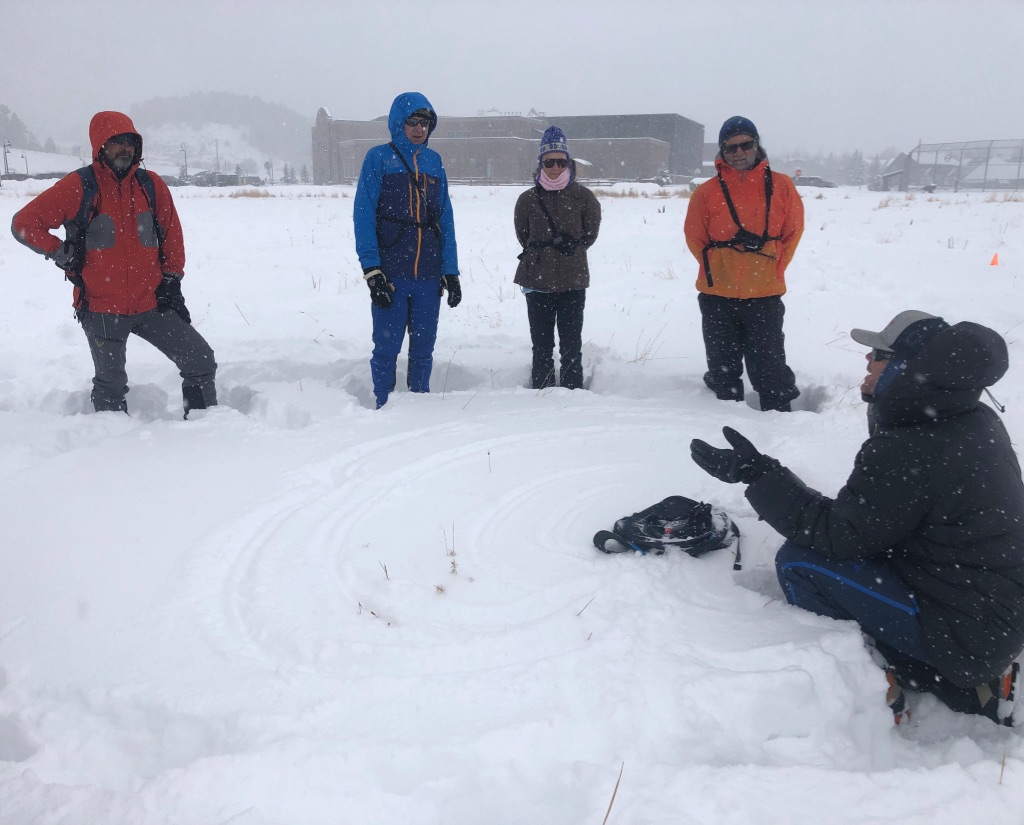
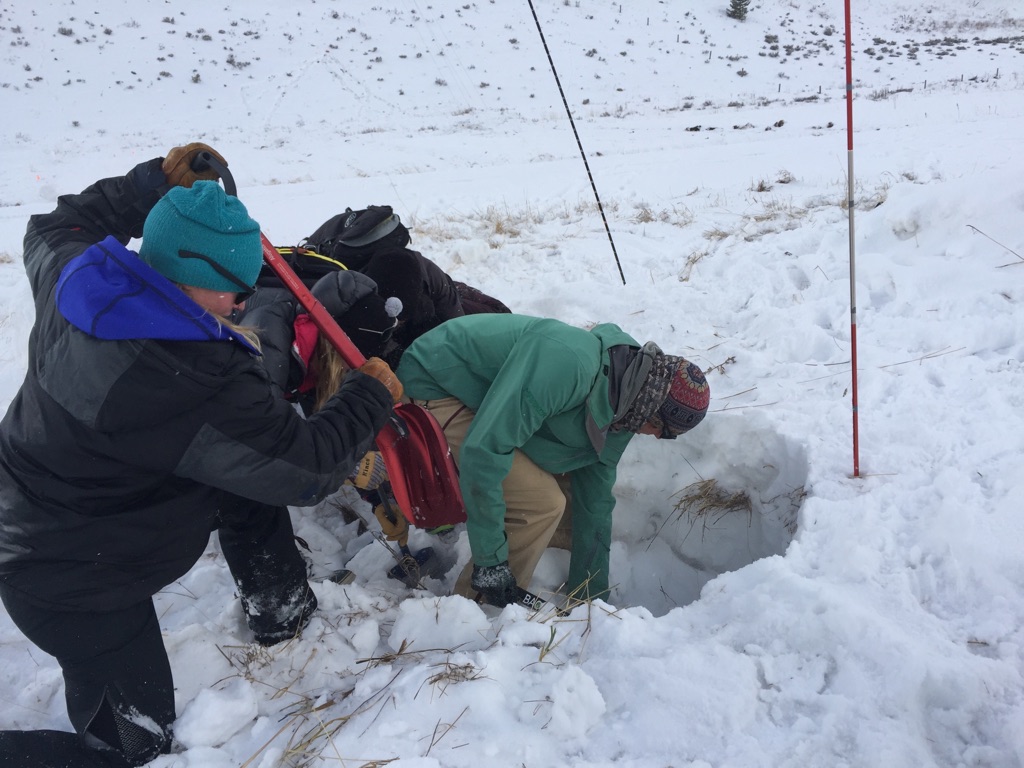
CBAC Fireside Chat Speaker Series #1: Near misses and close calls
In-person at the Crested Butte Library. Revised time: 6 to 7 pm. Streaming live on our Facebook Page.
Check out our sponsorship opportunities for this season. Thanks to all who make our work possible!
The CBAC is featured in this month’s Backcountry Magazine, in an article that highlights the history and current operations of our local avalanche center. You can read the issue here.
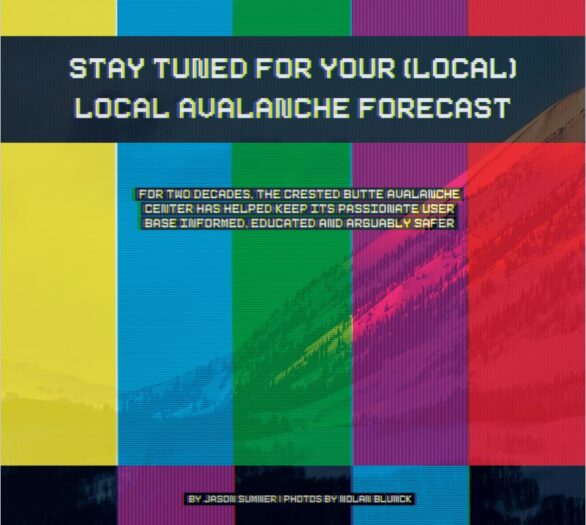
Our annual report recaps the horrific snowpack last winter, and how CBAC combated the deadly winter through its operations and outreach efforts. The report also details our user analytics, finances, and outlines goals for next season. Huge thank you to all of our sponsors, donors, and partners who make our efforts possible.
Our final Virtual Fireside Chat of the season is this Tuesday. Dr. Erich Peitzsch, with the U.S.G.S., will be joining us from Glacier National Park, where he has been conducting research on wet avalanches, using drones to study the snowpack, avalanche fatality trends in the U.S., and more. Join us at 7 p.m. on April 13th at this link: https://zoom.us/j/94179033141
RECORDING: Passcode: Rzn5Wv$5
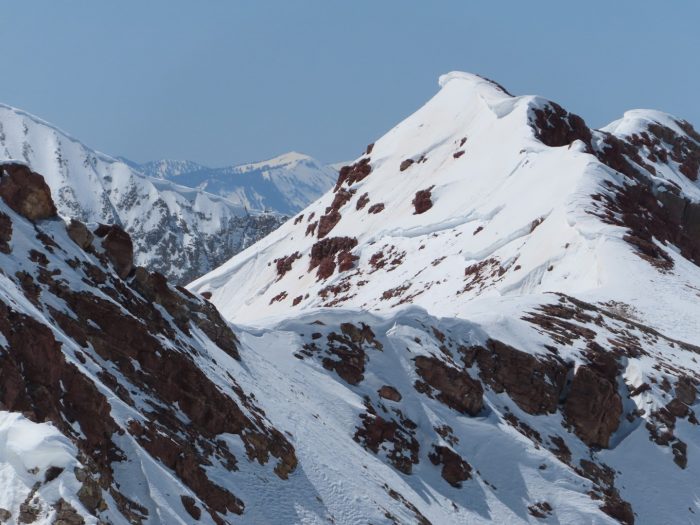
Wet slab that ran during last weekend’s wet cycle on Avery Peak.
An update on our persistent slab problems. March 16, 2021. By Zach Guy, Lead Forecaster
You will notice in our forecasts a change in travel advice, size, and likelihood of the persistent slab problem – a problem that has been on the bulletin all winter. We have several persistent weak layers in the snowpack, and we are restructuring how to present them as avalanche problems as we move forward this week. As much as we’d like our problems to fit into a nice, clean box, often the snowpack blends problems and blurs the lines. Our goal is always to make clear and simple travel advice using avalanche problems as a foundation. For that reason, here are the changes you can expect as our snowpack evolves.

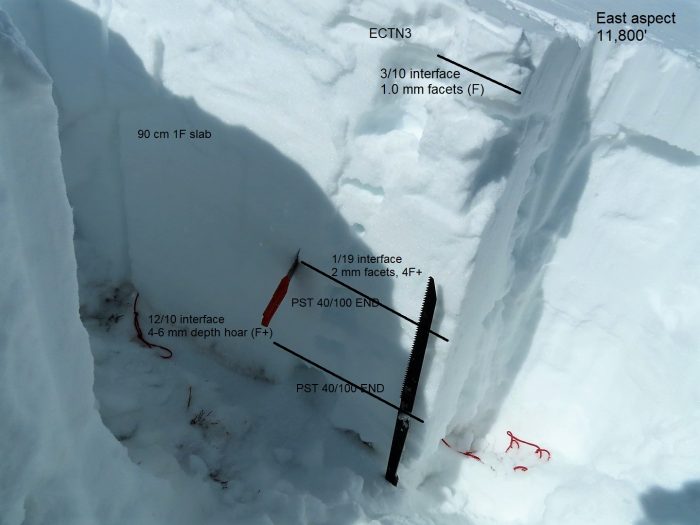
As the story points out, the funding for this avalanche education and outreach program is only temporary, so please hit the button below to help us continue to sustain and grow the program!
Today’s NPR story was actually the second story covering our work this week! In case you missed it, check out the Colorado Sun article on our work linked below:
Thank you for helping us in our 20-year mission of helping Gunnison County residents and visitors enjoy our mountains and come home safely to friends and family.